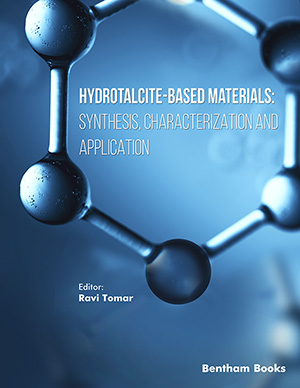
Abstract
In Romania and especially in Transylvania the process of creating icons implied the use of different supports, mainly wood and glass. Samples have been collected from various areas of these religious artefacts. The aim of this research is to apply a combination of FTIR spectroscopy and Mass Spectrometry techniques in order to identify and characterize the composition of the pigments, binders and varnishes used by Transylvanian icons artisans. The information obtained through these procedures is part of the identification elements of the icons period and school, and in the end it contributes to the technical expertise of these artefacts. Besides knowing the materials, the technology, the state of preservation and the patrimonial value of the artworks, the main goal is to better understand all the practical aspects of the active preservation and restoration procedures.
Keywords: Orthodox icons, Wooden and glass support, Painting materials, Organic matter markers, FTIR, Mass spectrometry
Current Analytical Chemistry
Title: Comparative Study of the Painting Materials of a Series of Orthodox Icons on Wooden and Glass Support from Transylvania
Volume: 6 Issue: 1
Author(s): A. Baciu, Z. Moldovan, I. Bratu, O. F. Marutoiu, I. Kacso, I. Glajar, A. Hernanz and C. Marutoiu
Affiliation:
Keywords: Orthodox icons, Wooden and glass support, Painting materials, Organic matter markers, FTIR, Mass spectrometry
Abstract: In Romania and especially in Transylvania the process of creating icons implied the use of different supports, mainly wood and glass. Samples have been collected from various areas of these religious artefacts. The aim of this research is to apply a combination of FTIR spectroscopy and Mass Spectrometry techniques in order to identify and characterize the composition of the pigments, binders and varnishes used by Transylvanian icons artisans. The information obtained through these procedures is part of the identification elements of the icons period and school, and in the end it contributes to the technical expertise of these artefacts. Besides knowing the materials, the technology, the state of preservation and the patrimonial value of the artworks, the main goal is to better understand all the practical aspects of the active preservation and restoration procedures.
Export Options
About this article
Cite this article as:
Baciu A., Moldovan Z., Bratu I., Marutoiu F. O., Kacso I., Glajar I., Hernanz A. and Marutoiu C., Comparative Study of the Painting Materials of a Series of Orthodox Icons on Wooden and Glass Support from Transylvania, Current Analytical Chemistry 2010; 6 (1) . https://dx.doi.org/10.2174/157341110790069655
| DOI https://dx.doi.org/10.2174/157341110790069655 |
Print ISSN 1573-4110 |
| Publisher Name Bentham Science Publisher |
Online ISSN 1875-6727 |
Call for Papers in Thematic Issues
Advanced Nanomaterials and Nanocomposites: Controlled Synthesis and Applications for Bioanalysis
In recent years, a range of novel nanomaterials have been developed and found broad applications in various fields. By controlling the synthesis process and modifying the nanomaterials, novel properties and functions can be tailored to form nanocomposites. This thematic issue aims to highlight the latest advances in the preparation of ...read more
Advancements in Biomedicine, Corrosion Inhibition/Monitoring, and Lubrication of Carbon Dots
Carbon dots, a class of carbon-based nanomaterials, have garnered substantial interest in various scientific and engineering fields due to their unique properties, including excellent optical properties, outstanding biocompatibility, easy preparation, good dispersity, ultrasmall size, low toxicity and environmental friendliness. This special issue of Current Analytical Chemistry aims to showcase cutting-edge ...read more
Advances in Microfluidic and Sensing Technologies of Biofluids
Detection of biological fluids is an important means to assess human health and diagnose diseases. Currently, research on blood is relatively mature and widely applied in the medical field. With the development and advancement of microfluidic technology and novel detection methods, attention has turned to human physiological fluids such as ...read more
Analytical Methods for Environmental and Food Analysis
In recent years, the study of the chemical composition of food and the environment has depended on analytical methods in order to acquire information about the chemical composition, processing, quality control, and contamination of soil, water, air, plants, and foods. These aspects are very important for food safety and environmental ...read more
 15
15
- Author Guidelines
- Graphical Abstracts
- Fabricating and Stating False Information
- Research Misconduct
- Post Publication Discussions and Corrections
- Publishing Ethics and Rectitude
- Increase Visibility of Your Article
- Archiving Policies
- Peer Review Workflow
- Order Your Article Before Print
- Promote Your Article
- Manuscript Transfer Facility
- Editorial Policies
- Allegations from Whistleblowers
























